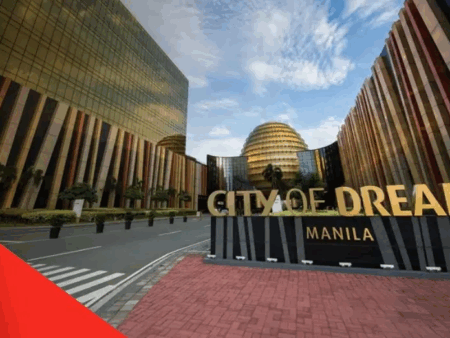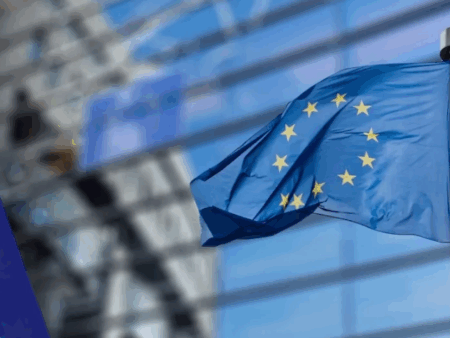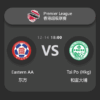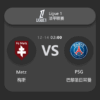This striking difference has raised questions about why two U.S. leagues, operating under the same regulatory framework, have taken such divergent approaches to sponsorship and marketing.
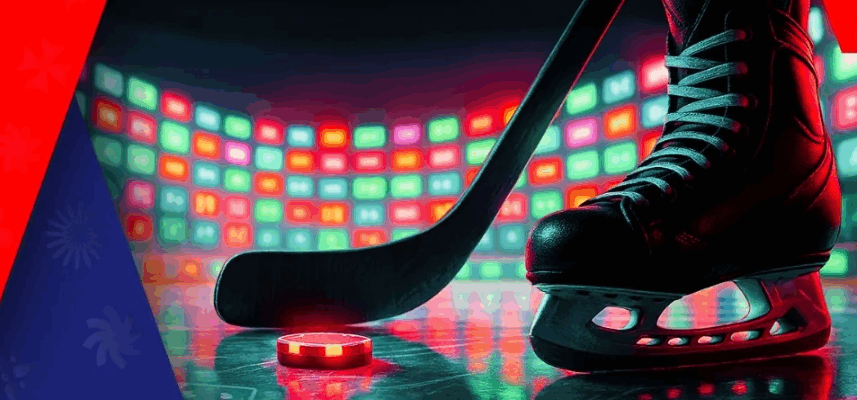
A joint study conducted by Bristol University and The Guardian has reignited debate over the prevalence of sports betting advertising. Researchers found that during the NHL Stanley Cup Finals, viewers were exposed to an average of 3.5 gambling-related messages per minute, peaking at 4.7—roughly one every 13 seconds. By comparison, the NBA Finals averaged just 0.26 gambling messages per minute across seven games analyzed.
This striking difference has raised questions about why two U.S. leagues, operating under the same regulatory framework, have taken such divergent approaches to sponsorship and marketing.
UK Tightens Gambling Ad Rules
The findings gained fresh relevance in September 2025, as the UK expanded its CAP Code rules on gambling ads. For the first time, all licensed operators targeting UK consumers—regardless of location—must comply with UK advertising standards.
Violations carry serious consequences, from ASA rulings and public censure to potential involvement of the Gambling Commission in licensing decisions.
In July, ASA upheld a complaint against Hollywoodbets after an ad placed by its agency appeared on an esports site and was shown to a 16-year-old user, breaching youth protection rules.
The CAP Code consultation was already underway when the NHL study was published, but the research has been widely cited by regulators and advocates as justification for stricter oversight.
NHL Expands Sponsorships, Fans Split
The 2025–26 NHL season opened with a record number of betting partnerships. The Edmonton Oilers added Play Alberta branding to home jerseys, while the Calgary Flames integrated similar sponsorship along with GameSense messaging inside their arena.
Fan opinion remains divided. A September 2024 survey of 3,000 NHL fans found that 50% of Anaheim Ducks supporters approved of betting sponsorships, while 44.8% of Vancouver Canucks fans opposed them. NHL leadership has monitored sentiment through focus groups and social listening, but critics argue that fan resistance strengthens the case for stricter advertising rules.
The NBA, meanwhile, has adopted a more restrained approach, emphasizing digital platforms like YouTube and social media, where stricter ad policies are enforced by third-party providers. In the study sample, the NHL accounted for 94% of gambling-related instances, while the NBA made up just 6%.
Compliance Costs Redefining Strategy
For operators, the new rules bring significant financial implications. Non-paid social content, in-app promotions, and owned media must now carry age warnings and responsible gambling messages. Influencer and creator content promoting betting is also included.
Compliance consultants estimate that relabeling and reformatting ad campaigns costs operators £10,000–£20,000 per instance, with some major brands allocating six-figure annual budgets to compliance staffing and technology.
Sports leagues face their own challenges. The NHL’s financial reliance on betting sponsorships makes it vulnerable, while the NBA’s digital-first strategy may offer greater resilience. Suppliers, too, are adapting, as automated content review tools shift from “value-added” services to an industry necessity.
Global Spotlight on Gambling Ads
Although the study focused on the UK, regulators in Australia, the EU, and elsewhere are raising similar concerns about youth exposure and excessive ad saturation. The European Parliament is set to revisit the issue later in 2025 following evidence hearings earlier this year.
Advocates argue that current ad volumes cannot be considered normal. The study found only 3.9% of gambling messages included harm-reduction content, and just 3.7% featured age warnings.
The American Gaming Association (AGA) responded by noting that gambling ads represent less than 1% of total U.S. TV advertising and highlighted voluntary codes prohibiting targeting of under-21 audiences. Critics, however, counter that averages mask the overwhelming ad density in certain NHL games.
The Next Chapter
The NHL study may prove to be a turning point. It demonstrates what happens when sponsorship saturation collides with regulatory scrutiny and shifting public attitudes. The UK’s willingness to expand its rules suggests regulators are prepared to act decisively.
With more sponsorships lined up for the new NHL season, and debates intensifying in Europe and Australia, the industry faces a choice: embrace self-regulation and controlled ad strategies, or risk tougher restrictions eroding revenues.
